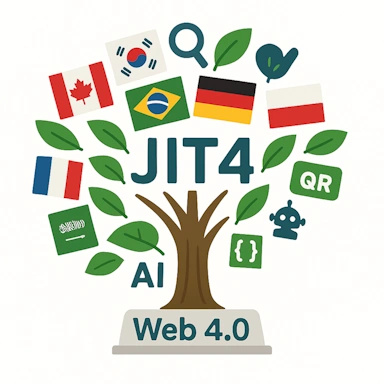Why look again
In 2008, a translation-first idea—one host per locale via DNS, with a dedicated page per language—worked well. It proved you could coordinate discovery and rendering across regions.
Then the pattern generalized: “we could use that for other things.” Platforms scaled it, layered persuasion UIs on top, and the web became heavier, not clearer.
When COVID-19 hit in 2020 and buying moved online, the model was stress-tested. We doubled down on client-heavy pages and aggregator platforms because there wasn’t a clearer path; distribution grew, precision thinned.
By 2025 the “comet” arrived: Gen X/Y/Z wanted this this month and that next month. Large surfaces— Facebook/Instagram, Amazon, Google/YouTube, TikTok, Shopify, and the app stores—couldn’t pivot at that cadence without breaking ads, logistics, or moderation. The market spawned clones: quick forks and look-alikes that spike, then fade. Their half-life is short.
And all that neat stuff is in the small mom-and-pop websites in small towns around the world—niche forums, local shops, one-maintainer docs. That’s where the freshest answers live, yet they’re the hardest for platforms and crawlers to capture and keep current.
In a world of weekly UI churn and quarterly platform rewrites, the one thing that must not change is the address of the truth. Next, we move from pages to proofs—links that land on the exact line and verify it survived edits—so the long tail is first-class again.
